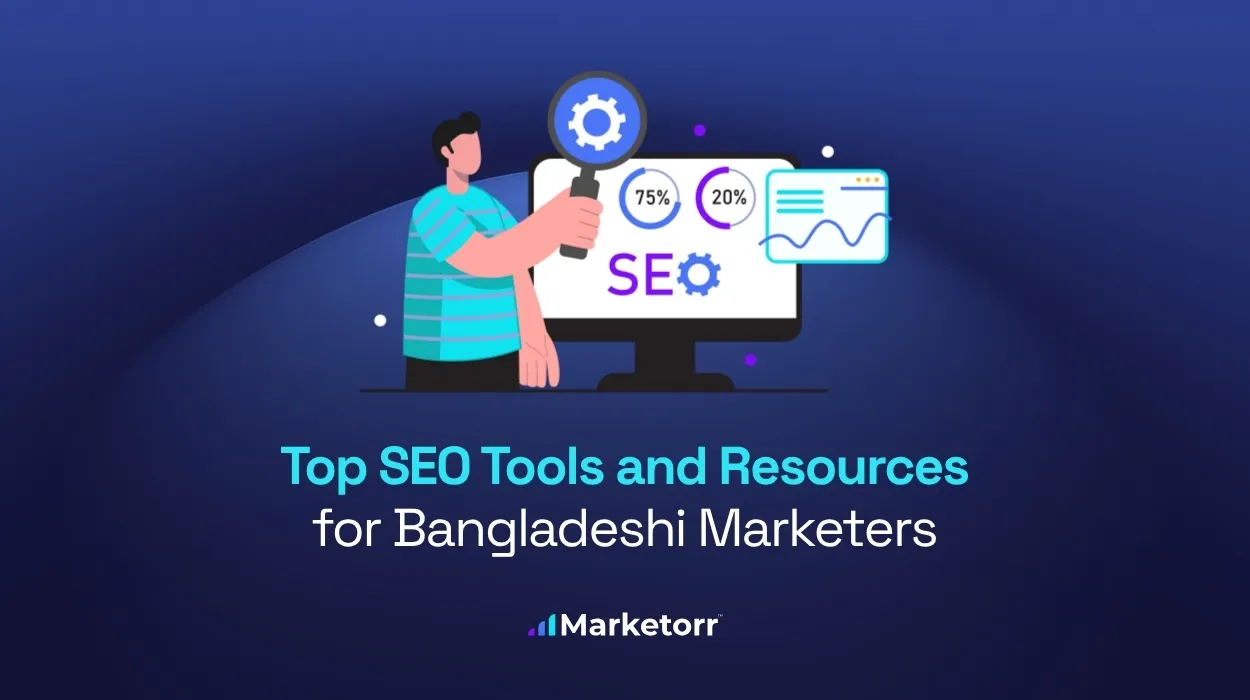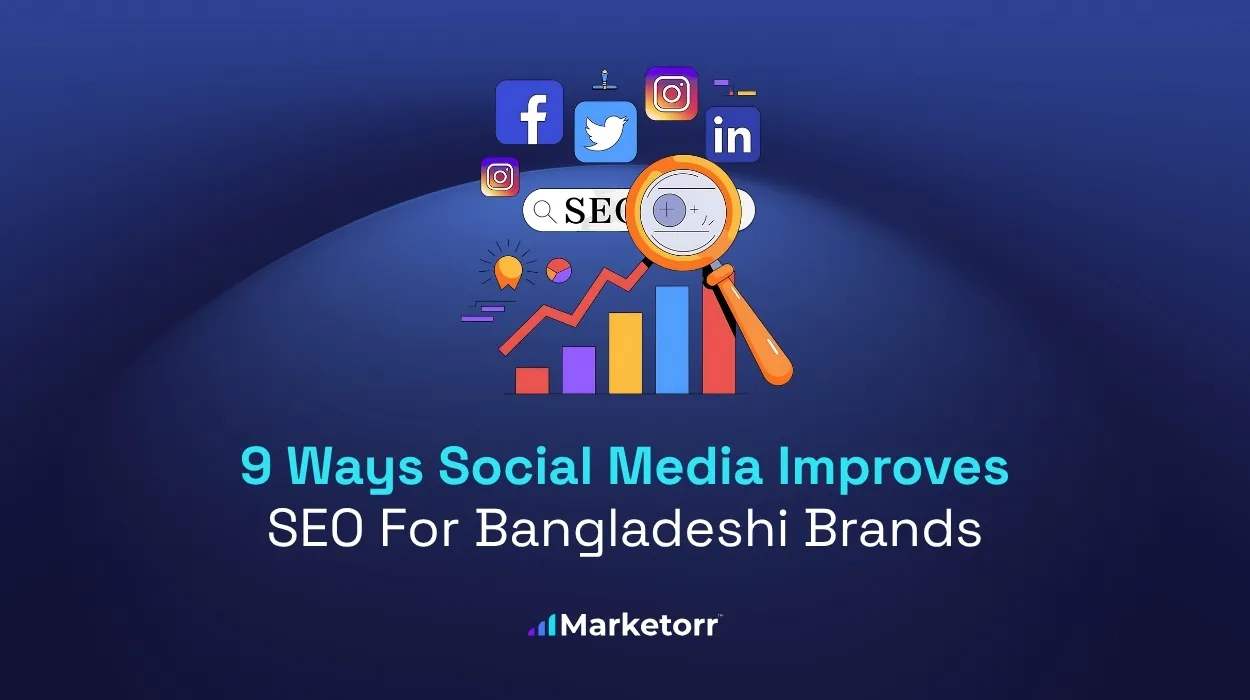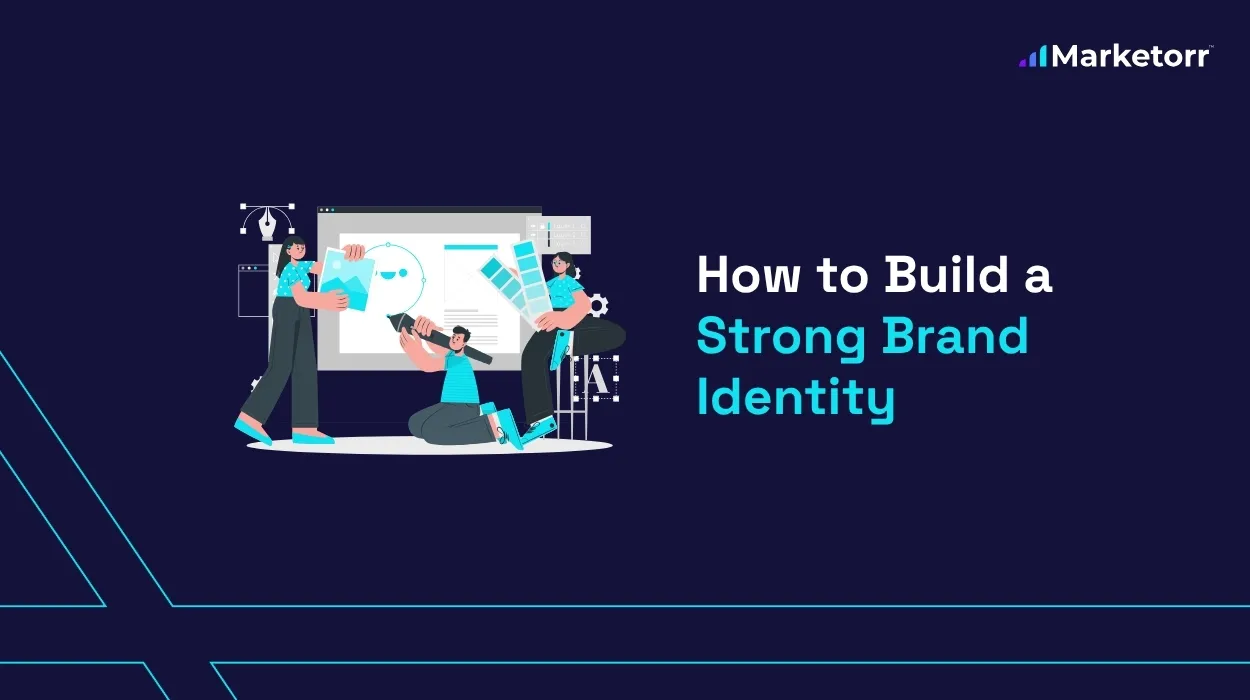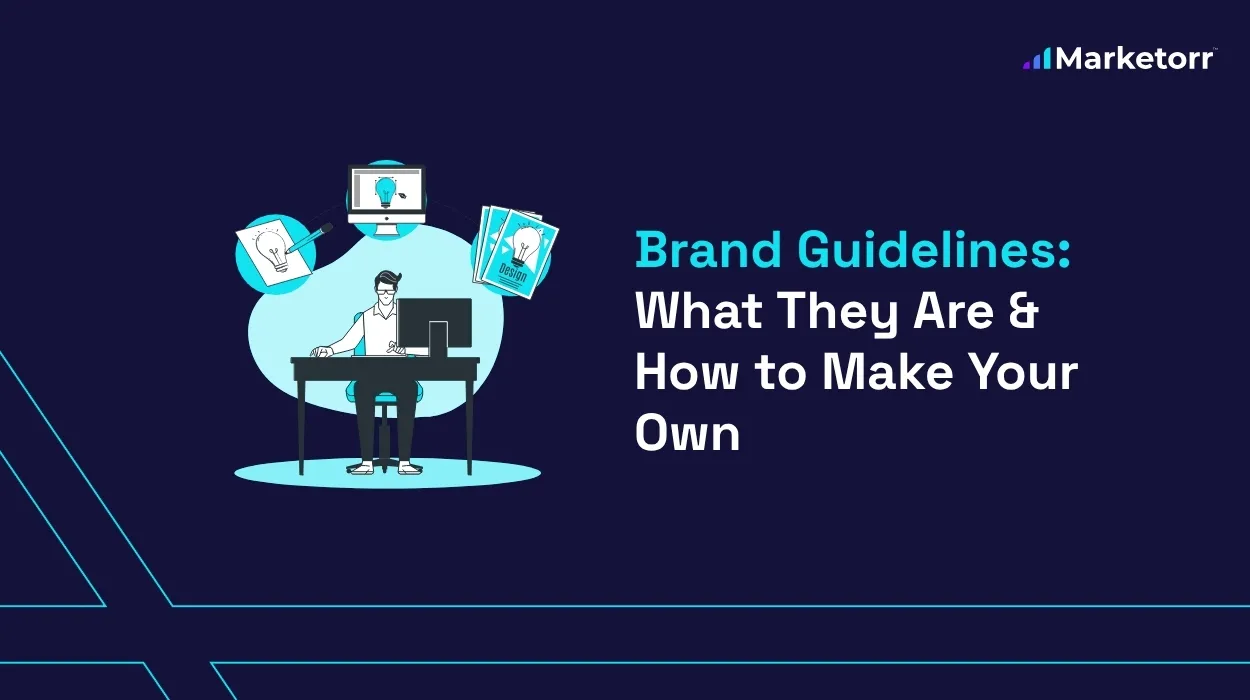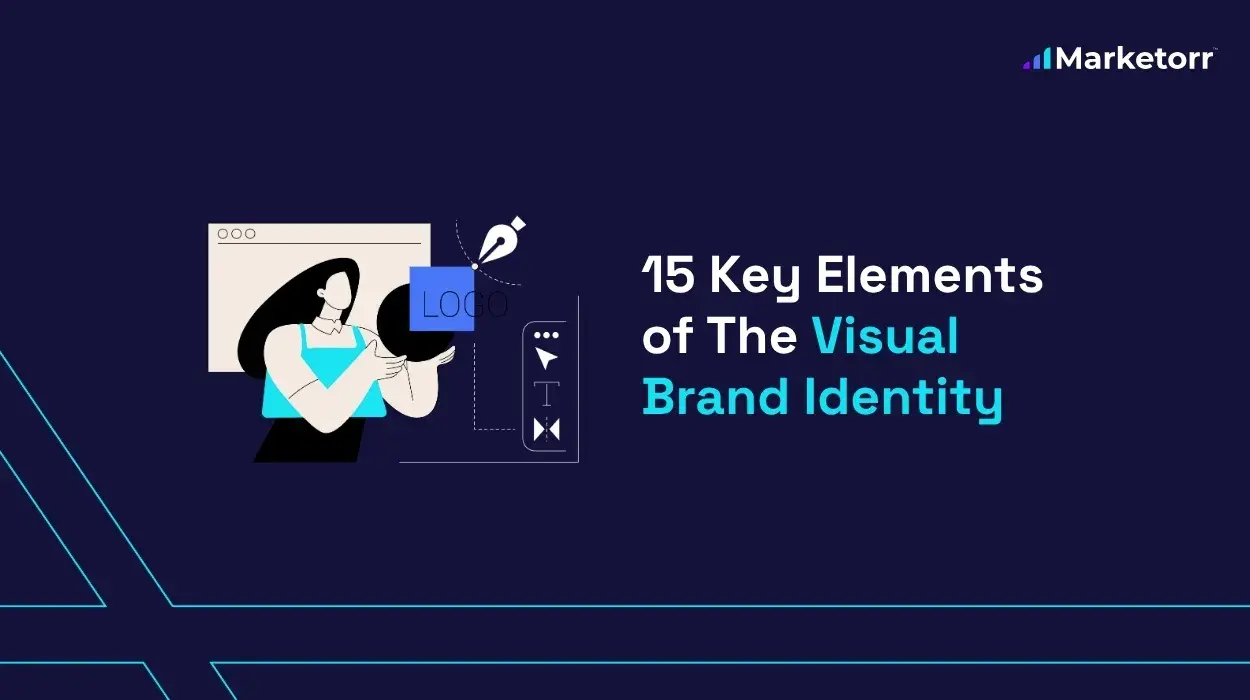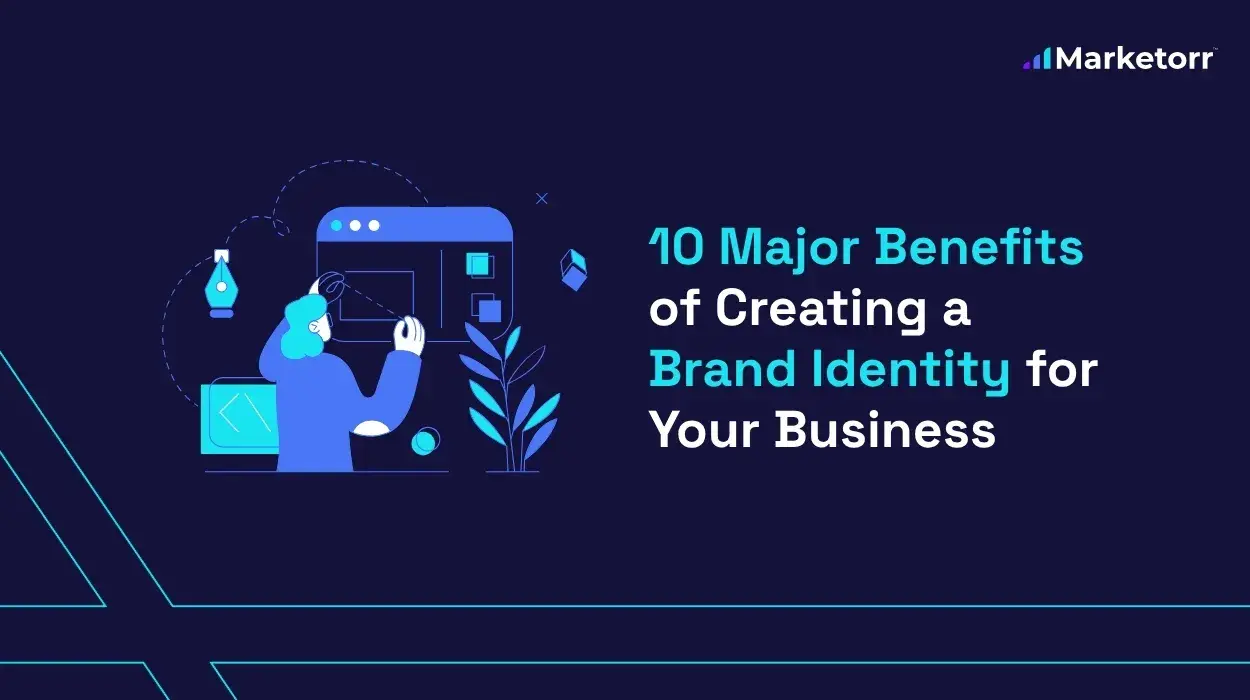The full form of SEO is ‘Search Engine Optimization’.
SEO is the process of improving a website so it ranks higher on search engines like Google, Bing, Yahoo, and other search engines. It helps your content show up when people search for topics related to your business.
In this article, I will explain what is SEO, how it’s different from PPC and SEM, types, importance, how it works and guidance on how to get started with SEO.
What is SEO?
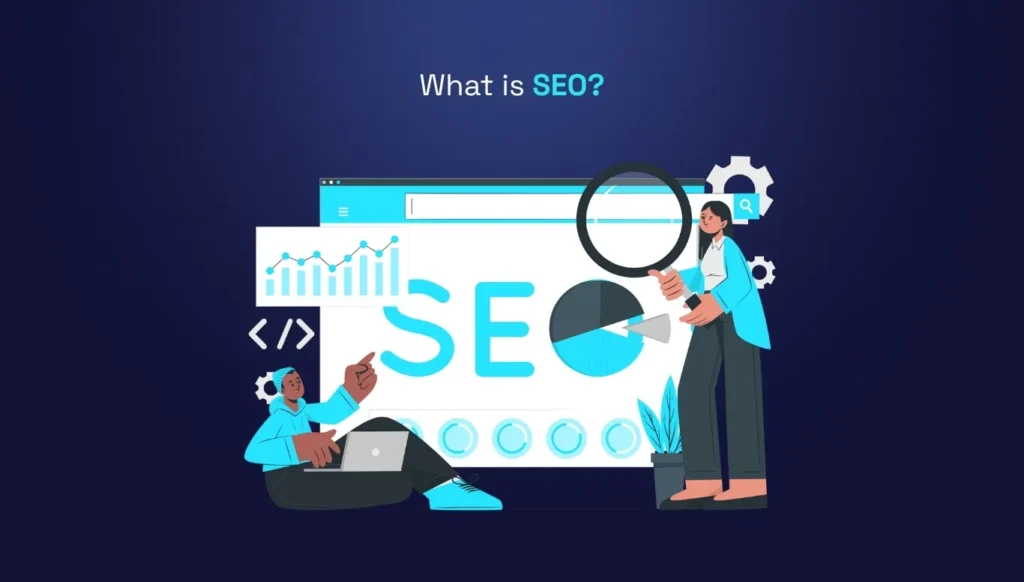
SEO is the process of improving your website to ensure that it shows up in relevant search results.
Search engines like Google use complex algorithms to scan websites and rank them based on relevance and usefulness to search queries. SEO helps ensure your content ranks higher, making it easier for potential customers to find your site.
SEO is all about creating content that answers user needs and optimizes your site so search engines can understand it.
How is SEO Different from Paid Search (PPC and SEM)?
SEO, PPC (Pay-Per-Click), and SEM (Search Engine Marketing) are all strategies for gaining visibility in search engines, but they work in different ways.
- SEO (Search Engine Optimization): In SEO, your website appears in the organic search results without paying for placement. Instead of paying for each click, you invest time and resources in ranking your content naturally. While results may take time, they are long-lasting and sustainable.
- PPC (Pay-Per-Click): With PPC, you pay each time someone clicks on your ad. Ads typically appear at the top or bottom of search results. The advantage of PPC is immediate visibility, but this visibility ends as soon as the budget runs out.
- SEM (Search Engine Marketing): SEM is a broader term that encompasses both SEO and paid ads. Businesses often use a combination of both to balance short-term visibility (through paid ads) and long-term growth (through SEO).
While SEO provides long-term value and builds trust, PPC delivers quicker results but requires ongoing investment. Combining both strategies often delivers the best results.
Why is SEO Important?
SEO is important part of Digital Marketing Services for increasing your online visibility and helping potential customers discover your business. Since most people turn to search engines to learn, buy, or solve a problem, appearing in the right search results is essential for attracting traffic.
- Increased Visibility: According to BrightEdge, 68% of all web traffic comes from search engines. Ranking higher means more visibility and more visitors, without having to pay for every click.
- Trust and Credibility: Users trust search engines to deliver the best results. If your website ranks high, it signals trustworthiness and authority, encouraging users to click through to your site.
- Cost-Effectiveness: SEO continues to bring traffic long after your content ranks. The cost per click in paid advertising can add up quickly, whereas good SEO offers ongoing traffic at a lower cost over time.
What are The Benefits of SEO
Investing in SEO brings numerous benefits, both immediate and long-term:
- Long-Term Results: SEO provides long-term visibility. Once your content ranks well, it continues to bring traffic for months or even years without additional costs.
- Building Trust: Websites that appear at the top of search results are often perceived as more trustworthy. By investing in SEO and ranking higher, your brand gains credibility and authority in the eyes of your audience.
- Improved Website Performance: As you implement SEO best practices, you’ll inevitably improve your website’s performance. SEO helps optimize site speed, mobile responsiveness, and user experience, leading to a smoother browsing experience for visitors.
- Supports Other Marketing Efforts: SEO complements other marketing strategies like content marketing, email marketing, and social media. By driving traffic to your site, SEO provides the foundation for successful marketing campaigns, increasing their effectiveness.
- Attracting the Right Audience: SEO helps you target users who are already looking for products or services like yours. This means that the traffic you attract is more likely to convert into leads or customers, making SEO one of the most efficient ways to generate business.
How Does SEO Work?
SEO works by making your website easier for search engines to find, understand, and recommend in search results.
At the core of every search engine is an algorithm that processes user queries and delivers what it considers the best results. SEO is about shaping your website to fit those expectations.
Crawling
Search engines use bots to scan websites and discover new or updated content. These bots follow links and analyze page structures to understand what each page is about.
Indexing
Once discovered, a page is evaluated and stored in the search engine’s index. Only indexed pages can appear in search results. If your page isn’t indexed, it won’t rank regardless of how well it’s optimized.
Ranking
When someone performs a search, the engine sorts through indexed pages to find the most relevant ones. It considers hundreds of signals including content quality, keyword usage, page speed, mobile usability, and backlinks to determine the order of results.
Factors Affecting SEO Rankings
- Content Quality and Relevance: Your page must fully address the user’s search intent. Clear, useful, and original content is favored.
- Technical SEO: Fast loading times, mobile responsiveness, secure connections (HTTPS), and structured data help search engines crawl and index efficiently.
- On-Page Optimization: Strategic use of keywords in titles, headings, meta tags, and content helps search engines understand the topic of the page.
- Authority Signals: The quantity and quality of backlinks, along with user engagement metrics, indicate that your page is trustworthy and valuable.
What Makes a Good SEO Strategy?
A well-crafted SEO strategy requires a clear, step-by-step approach.
- Keyword and Topic Research: Identify what users are searching for and the types of content that rank. Tools like Google Search Console, Semrush, and Ahrefs can help you discover the right keywords.
- Create High-Quality Content: Develop original, informative content that answers users’ questions. Content should be easy to read, well-structured, and optimized for your target keywords.
- On-Page Optimization: Integrate keywords naturally into titles, headings, and the body content. Ensure your pages are well-organized and mobile-friendly.
- Monitor Technical Health: Use tools like Screaming Frog or Sitebulb to identify and fix technical issues, such as broken links, slow-loading pages, or crawl errors.
- Measure and Improve: Track your performance using Google Analytics and Google Search Console. Review which pages are attracting the most traffic and refine underperforming pages.
What are The Future of SEO

SEO is constantly evolving, and with the advent of artificial intelligence (AI) in search engines, the landscape is set to change even further.
Google, for example, has started to use AI Overviews, or AI-generated summaries, at the top of search results to directly answer user queries. These summaries pull information from websites and provide users with concise answers, sometimes without requiring them to click on any link.
For businesses and content creators, this means that quality and comprehensive content will be even more important. If your content is thorough, well-structured, and aligned with what users are looking for, it stands a higher chance of being included in these AI-generated answers. However, without valuable and complete content, your website might be overlooked entirely in search results.
Key trends shaping the future of SEO include:
- E-E-A-T (Experience, Expertise, Authoritativeness, and Trustworthiness): Google increasingly rewards content that demonstrates authority and trustworthiness. Google prioritizes content from experts and authoritative sources for topics that deal with sensitive matters like health, finance, and safety.
- Voice Search and Image Search: Use conversational, natural language that matches the way people speak to optimize the content for voice search. Visual searches are also on the rise, requiring content to be optimized with proper image descriptions, alt text, and clear visuals.
- Zero-Click Searches: These occur when a user’s question is answered directly on the search engine results page (SERP) without them needing to click a link. To increase your chances of appearing in these search features, you need to optimize your content for featured snippets, People Also Ask (PAA) boxes, and Knowledge Panels. This is where using structured data (schema markup) to enhance content can give you a competitive edge.
As AI continues to advance, SEO will become even more user-focused, where providing value to the user will determine whether your content ranks or gets bypassed.
User experience and content relevance will remain at the forefront of SEO strategies, with a greater focus on fulfilling user intent rather than just ranking for keywords.
What are The Common SEO Myths
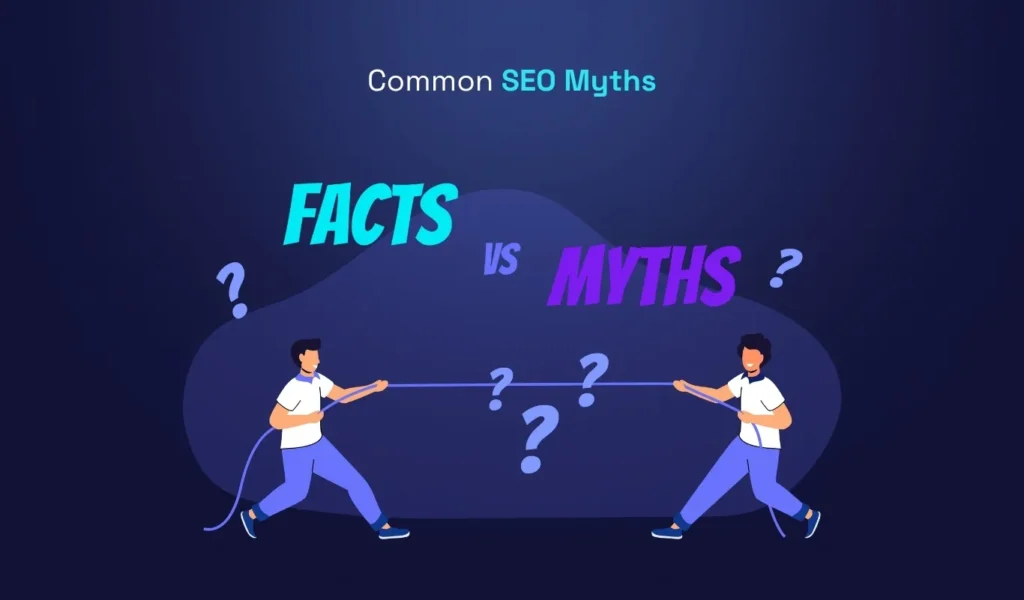
As SEO evolves, many myths have sprung up around the process. Let’s take a look at a few misconceptions.
- SEO is a one-time job: SEO is not a one-off task. It’s a long-term strategy that requires regular updates and adjustments as search engine algorithms, user behavior, and competition evolve.
- Keyword stuffing works: Using the same keyword repeatedly does not help with rankings. Google is now better at understanding related terms and context. Keyword stuffing can actually harm your rankings, as it results in poor user experience.
- More backlinks always lead to better rankings: While backlinks are important, quality matters more than quantity. A few high-quality backlinks from authoritative sites are far more valuable than numerous low-quality backlinks.
- SEO results are immediate: SEO is a long-term strategy. Typically, it takes 3 to 6 months to start seeing significant improvements in rankings and traffic. Patience is key when implementing SEO strategies.
- Ranking #1 is the ultimate goal: Ranking #1 is not always the end goal. The true aim of SEO is to attract the right audience, provide valuable content, and convert visitors into leads or customers.
Impact of Social Media on SEO
Social media in SEO may not be a direct ranking factor for Google, but it strongly influences how people discover, engage with, and link back to your website. A strong social presence can indirectly improve your SEO results by boosting visibility, building authority, and driving organic traffic.
Improved Brand Visibility
When you consistently share valuable content on social platforms, your brand becomes more recognizable. As more people see and interact with your posts, your brand gains credibility and authority. This wider recognition often leads to more people searching for your business directly on Google, which strengthens your SEO.
Gain Powerful Backlinks
High-quality content shared on social media has a higher chance of being noticed by bloggers, journalists, and industry leaders. When they link back to your website, you gain powerful backlinks. These backlinks signal to search engines that your site is trustworthy and relevant, improving your rankings.
Build Relationships
Social media is a space to connect with customers, influencers, and industry peers. These relationships can result in collaborations, guest posts, and mentions. All of these contribute to stronger online authority. Building a network also increases the likelihood of others sharing your content, further amplifying your SEO efforts.
Increased Organic Traffic
Sharing blog posts, product pages, or landing pages on social media drives users directly to your website. As traffic increases, engagement metrics such as time on site and reduced bounce rates tell search engines that your content is valuable. Over time, this can positively influence your organic rankings.
Builds Awareness
Social media platforms expand your reach far beyond your website’s audience. By regularly posting content aligned with your brand values, you create awareness and trust. The more people know about your business, the more they will search for it online. This increase in branded searches strengthens SEO performance.
Frequently Asked Questions
Can I Do SEO Myself Without Hiring an Expert?
Yes, many people successfully manage their own SEO. With the right tools and resources, anyone can improve their search rankings. Free tools like Google Search Console, along with learning resources from Moz, Ahrefs, and HubSpot Academy, can help you get started. SEO may require time and effort, but it is certainly doable if you’re willing to learn and test.
How Long Does SEO Take to Show Results?
SEO is a long-term strategy. It typically takes 3 to 6 months to start seeing significant changes in your rankings. Factors like competition, keyword difficulty, and the quality of your content will influence how quickly you see results. However, once your site starts to rank, it can provide long-term, consistent traffic without ongoing costs.
Is SEO Better Than Paid Advertising?
It depends on your goals. Paid ads provide quick visibility and instant traffic, but they require ongoing budget allocation. On the other hand, SEO takes longer to deliver results but provides organic, long-term traffic. Many businesses choose to use both, combining the quick results from PPC with the sustainable growth that SEO offers.
Does SEO Still Matter in 2025 with All the AI Updates?
Yes, SEO remains crucial, even with the rise of AI. While AI is changing how search engines understand and rank content, SEO is still about providing valuable, relevant, and high-quality content that answers user queries. As AI enhances the search process, websites that consistently provide valuable information and focus on user experience will continue to perform well.
What Are the Best SEO Tools to Use?
Several tools can help you with SEO, including:
- Google Search Console: Helps track your website’s performance and indexability.
- Google Analytics: Provides insights into traffic, user behavior, and more.
- Semrush, Ahrefs, and Moz Pro: These tools help with keyword research, backlink analysis, and competitor tracking.
- Screaming Frog: Useful for technical SEO audits, including checking for broken links and other issues.
Is SEO Free, or Does It Cost Money?
While SEO itself doesn’t require a fee to appear in organic search results, it does require time and effort. You may also need to invest in tools, hire content creators, or pay for SEO consultations to maximize your strategy. However, many businesses start with free tools and gradually scale as they gain more experience.
Conclusion
SEO is a long-term investment that delivers lasting results. By investing in SEO, you improve your website’s visibility, attract the right audience, and build trust with your customers. Unlike paid ads, SEO provides ongoing, organic traffic that continues to bring value long after the initial effort.
By continuously optimizing your site, staying updated on SEO best practices, and focusing on delivering quality content, you can ensure your long-term growth and success in search engine rankings
